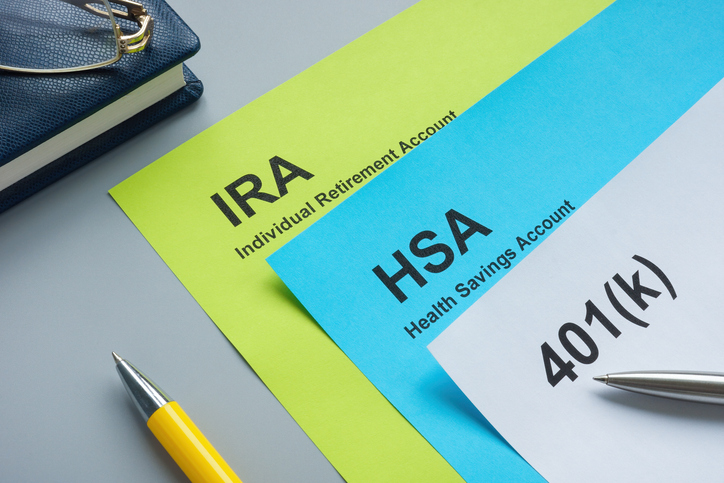Minnesota’s exchange officials and political leadership were stunned in late September by news PreferredOne, which had captured more customers on the exchange than all others combined, had decided to drop out and would no longer offer policies on MNsure.
Continuing to offer individual coverage on the exchange is “not administratively and financially sustainable,” PreferredOne spokesman Steve Peterson told local KSTP television news.
Annette Meeks, CEO of the free-market think tank Freedom Foundation of Minnesota, noted this news comes on the heels of a disastrous launch for the exchange web site last fall, with customers experiencing problems as severe as those experienced by users of the federal exchange website.
“I hope that the PreferredOne news serves as a wake-up call for the Dayton administration to call together a bipartisan team of legislators to work together to fix the website before consumers are forced to find another health insurance plan in November on a website that doesn’t work as planned and now will offer a very limited number of alternatives for taxpayers,” Meeks said.
Director Vacationed During Disaster
MNsure was one of four state exchanges that failed upon launch on October 1, 2013. The site did not go online until after 3 p.m. the first day, and a critical server allowing customers to create accounts promptly crashed. Problems only grew from there, including call centers largely incapable of aiding Minnesotans seeking help and information.
The exchange director, April Todd-Malmlov, resigned in mid-December after the failed launch and her own ill-timed vacation to Costa Rica in the middle of it.
The exchange site is still plagued by problems, including a process for life changes such as the birth of a child or marriage, which the current chief operating officer described as “cumbersome” in a report to the MNsure board on September 17, according to a Minnesota Public Radio report. Users have to enter whether a baby is married, for example, and it takes about 45 minutes to make a life change update.
Sixteen Percent Premium Hike
Although premiums for 2015 are unlikely to be affected because they have already been filed and approved, the decision by PreferredOne will mean higher premiums for Minnesotans.
For example, a 43-year old in the Minneapolis region shopping for the lowest-price bronze-level plan would currently spend about $122 per month before subsidies on PreferredOne’s least expensive plan. The second- and third-lowest premiums are also PreferredOne plans, and the least expensive plan offered by another insurer is $142 per month, 16 percent more.
Even higher premiums are likely ahead in 2016, when the remaining insurers selling on the exchange won’t face competition from PreferredOne.
‘It Never Made Sense’
The exit of PreferredOne from MNsure has caused some in the state to question the whole notion of state-run exchanges. “PreferredOne’s exit certainly calls into question whether MNsure adds any value for Minnesota consumers,” said Peter Nelson, a health care policy expert for the Center of the American Experiment, a pro-consumer think tank in the Gopher State. “It never made sense to layer on a brand new marketplace when brokers and insurers already provided an effective and efficient sales force.”
State Sen. Mary Kiffmeyer (R-Big Lake), who sits on the Health & Human Services subcommittee, expanded on Nelson’s concerns. “It is not just that MNSure is failing. The whole concept of nationalizing health care is a faulty policy, so of course that leads to failure,” Kiffmeyer said. “Especially in Minnesota we had such a good system, and this disruption through Obamacare is so sad and unnecessary.”





